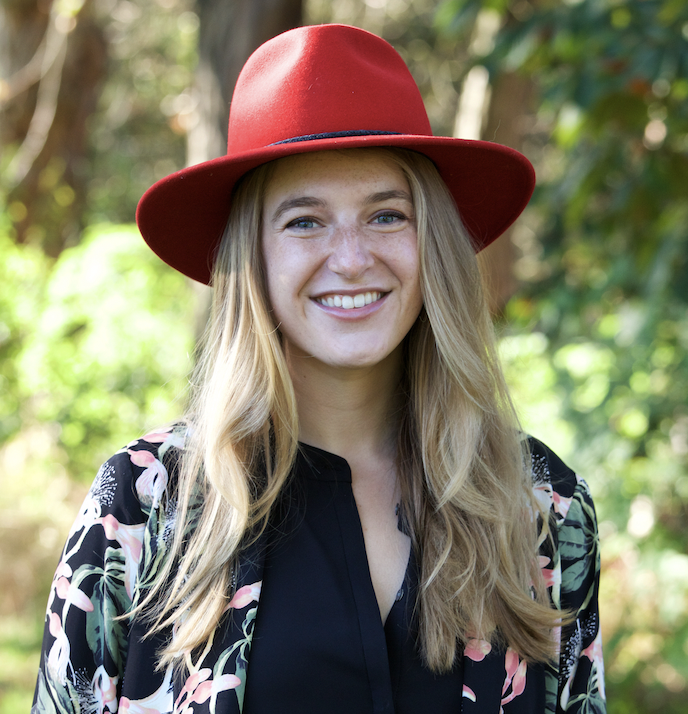Bauer and Audible: Radio and podcasts CAN work together

Photo: Devon Divine

Although podcasts are sometimes considered radio’s replacement, there are key differences between the formats – such as on demand versus live – that serve distinct audiences. In Bauer’s new partnership with Audible, presenters Fleur East (Hits Radio) and Tyler West (KISS Radio) will discuss their top podcasts and audiobooks during their Monday programs, and invite fellow hosts to share their favourite titles. Additionally, Audible will take over the 12-4am advertising slot every day to help restless sleepers discover content. This allows Audible to promote its programs to listeners who are already familiar with audio-only entertainment. Despite radio’s steady decline in listenership, its strengths of live programming and brand fandom can allow it to productively coexist with modern audio formats.
Promoting the talk-audio agenda
This partnership promotes talk-audio as a whole, positioning podcasts and live radio as partners rather than competitors. As Bauer’s Simon Kilby states,
“At Bauer we believe in the power of sound; the way that audio can entertain and evoke emotion as well as provide comfort, entertainment, and trusted information. Through this brand-new collaboration with Audible, we can truly showcase what the medium can do, encouraging our listeners to not only listen to radio but Audible stories too.”
Radio’s live and local mix of weather, music and host discussions is a unique experience compared to podcasts, where content is typically lengthier, less localised, and more static. Moreover, radio is one of the only formats that allows listeners to engage in real-time. But this may not always be what a listener needs – for instance at 1am, when they cannot sleep, listeners can turn to podcasts and audiobooks. Both radio and podcasts depend on habitual listening, and this partnership illustrates how a listener can integrate both formats into their routines to serve different needs. Moreover, as both KISS Radio and Hits Radio are aimed at younger listeners (15-34s and 25-44s, respectively), this collaboration allows Audible to reach an audience who may have never listened to a podcast or audiobook. By utilising Bauer’s stations, Audible can capitalise on word-of-mouth discovery through a trusted medium.
Featured Report
AI futures Culture wars
AI is transforming culture, entertainment, business, and society at a rate unprecedented in the digital era. Unlike previous tech, AI is evolving at the speed of computing, not the human brain. Delivering as quickly as it promises, AI is breaking the mould.
Find out more…The thin line between collaborator and competitor
Nonetheless, the partnership puts Audible and Bauer in direct competition for ears, since any radio listener who is intrigued enough by an Audible ad to try their podcast takes time away from listening to radio. It is telling that the Audible is advertising during the listening hours that are least valuable to radio stations – these are the hours Bauer can afford to lose to Audible.
However, as the adage goes, “a rising tide lifts all boats”. It may be positive for Bauer’s listeners to transition to podcast listening in the long run, since radio stations are having to adapt their content to podcasts. Further, as audio formats blur, it is crucial for platforms to facilitate the many ways that listeners can consume content. Whereas some consumers prefer audio-only podcasts, others may switch between the video and audio versions of the show, which YouTube is enabling. For radio, some listeners may leave one station on throughout the day, others may constantly switch between stations, and still others may toggle between their favourite radio stations and their favourite podcasts. Perhaps Bauer’s new streaming app, Rayo, could host Audible titles to help close this platform gap. For both Audible and Bauer, it is better to build an audience on multiple platforms, rather than siloing users in one environment. Even Spotify is rolling back its exclusive strategy with some of its major podcasts, and Netflix is now hosting some Max shows.
While every streaming platform, podcast network, and radio broadcaster are all competing through content, the real currency is time. So, saving a consumer's time from switching between platforms only amplifies their potential engagement with the content itself.

The discussion around this post has not yet got started, be the first to add an opinion.